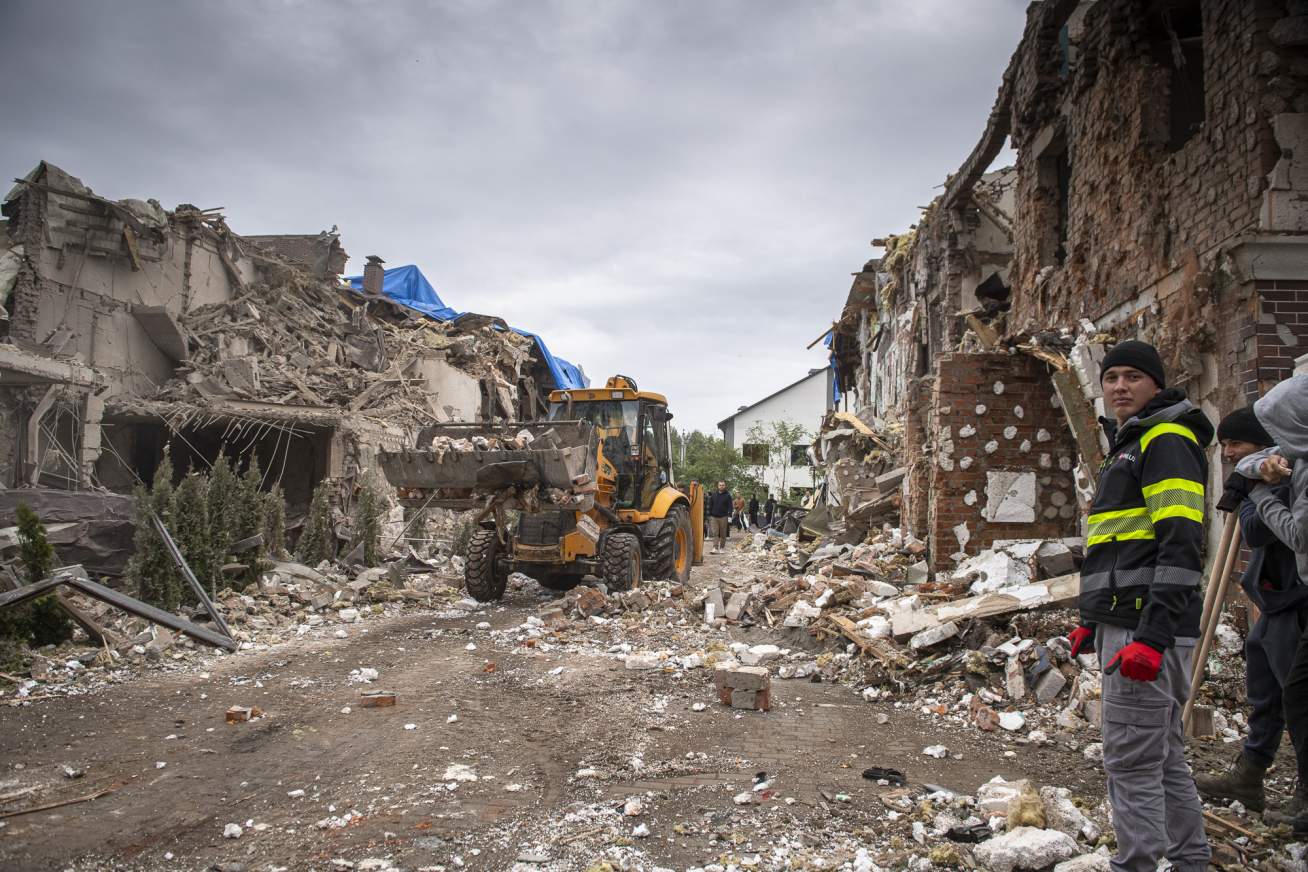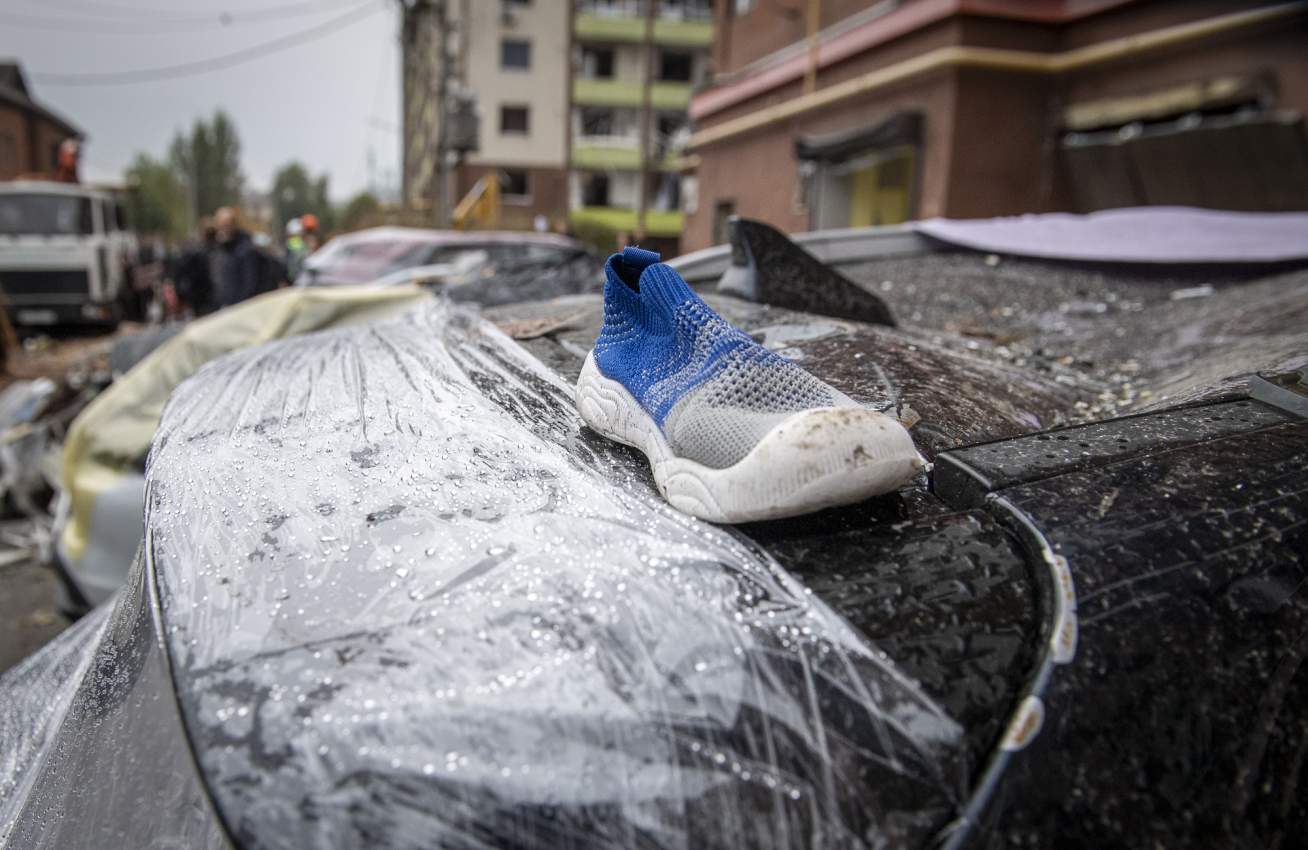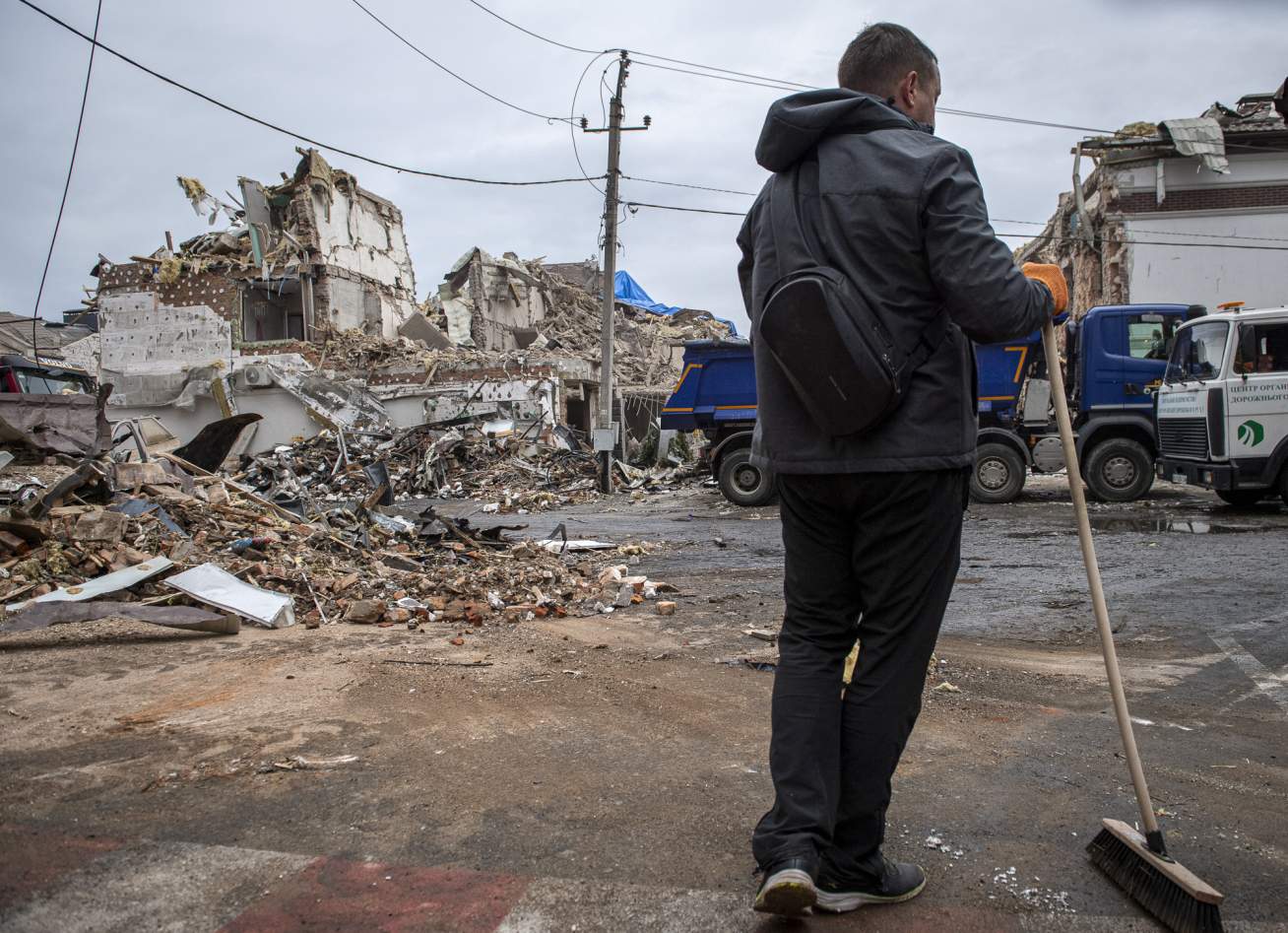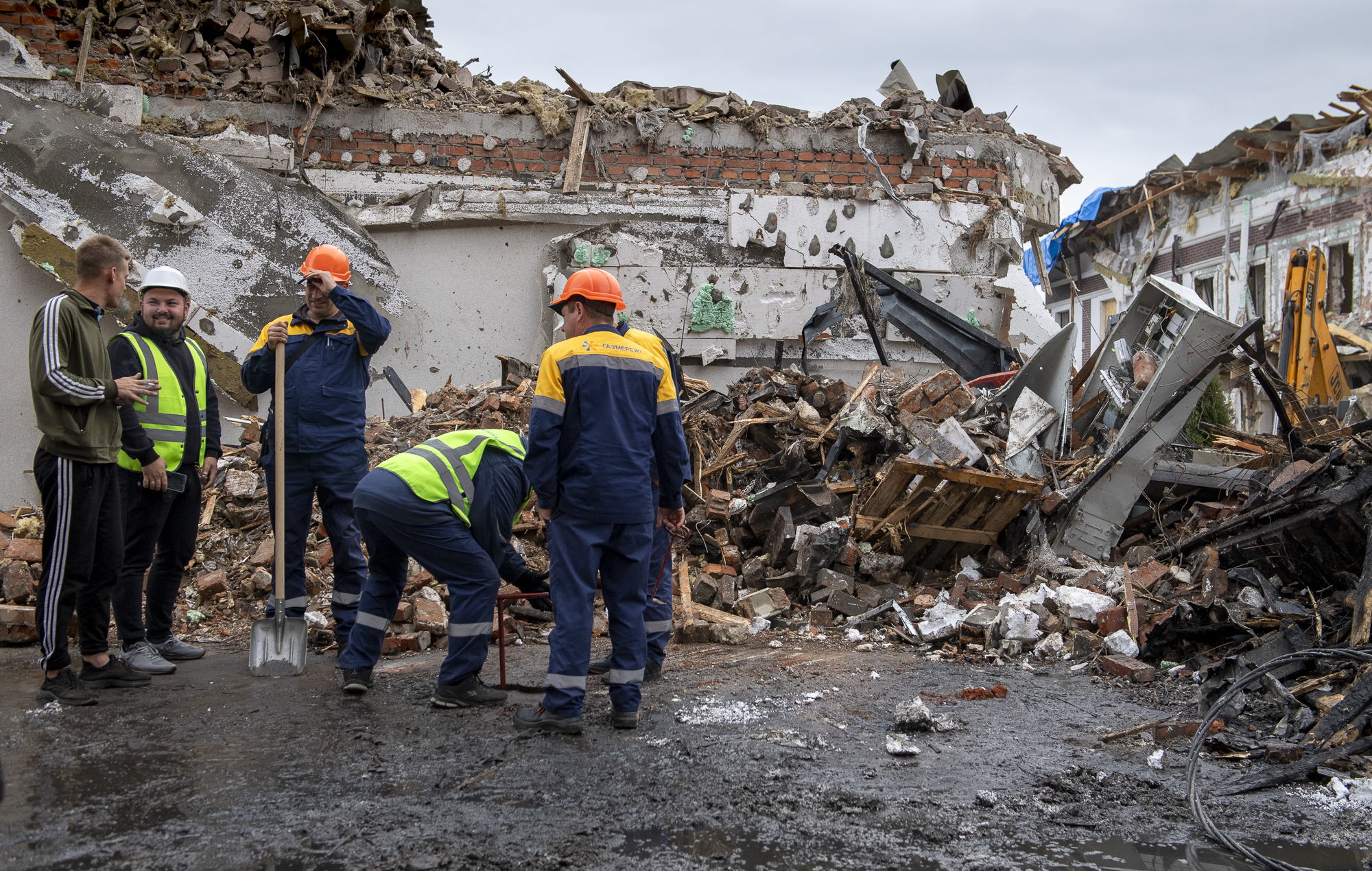
Read our Digital & Print Editions
And support our mission to provide fearless stories about and outside the media system
For two weeks, the skies over Kyiv have been quiet. Too quiet. Each day, the silence feels heavier, like something pressing down. Everyone knows it won’t last. So when the attack finally comes—loud, violent, expected—there’s no panic. Just a kind of grim relief. At least it’s not hanging over us anymore.

For close to ten hours, the staccato hammering of heavy machine guns rattled the windows in downtown Kyiv. Their targets, the black, delta-winged Shahed drones, with the high-pitched whine of their two-stroke engines, have earned them the nickname ‘mopeds’.
Every so often, a thunderous boom rolled through the flats. Plaster flakes sifted from the ceiling; the acrid tang of cordite clung to the cold night air. Iskander ballistic missiles — 700 kilograms of high explosive packed into each warhead — tore into sleeping blocks with surgical brutality. The mopeds and the Iskanders aren’t hunting soldiers; they stalk kitchens, bedrooms, playgrounds. Their aim is simple: terror and death.
ENJOYING THIS ARTICLE? HELP US TO PRODUCE MORE
Receive the monthly Byline Times newspaper and help to support fearless, independent journalism that breaks stories, shapes the agenda and holds power to account.
We’re not funded by a billionaire oligarch or an offshore hedge-fund. We rely on our readers to fund our journalism. If you like what we do, please subscribe.
When daylight broke, I drove across town. Autumn rain mingled with the smoke, settling on weary residents who shuffled through the ruins. The night’s chaos was over; It was time to count the cost.

In a quiet suburb of western Kyiv, my stomach churned. The sounds were achingly familiar: diesel engines straining, steel tracks grinding, buckets tearing through concrete and brick — sifting through the rubble of people’s lives.
The scene was devastation, absolute. Rubble and walls bled together until the street itself had vanished. The neat line of family homes was gone, replaced by a tide of brick dust, splintered beams, twisted aluminium and glass that cracked beneath every step. On the roof of a blackened car sat a child’s surf boot — absurd, tragic — above panels crumpled like cheap foil.

On the second floor of a shrapnel-scarred building, an elderly woman stood at a glassless window. Our eyes met for a moment. Still in shock, she didn’t register the camera — her gaze drifted back to the wreckage of what had once been her life.

Radios crackled as search and rescue teams in orange boiler suits tried to impose order on chaos. Against ruin on this scale, the broom seemed absurd. Yet, while earthmovers clawed at the wreckage, civilians pressed forward with brushes in hand, beginning the impossible task of sweeping up the remnants of Putin’s ire.
A solitary figure in neat trainers, a black raincoat and orange gardening gloves stood staring over the wreckage, as if the enormity of it had just struck him. I watched. The moment passed. He bent again to his broom, shifting rubble into tidy piles.

It is difficult to see what Putin thinks he gains from these attacks. If the goal is to grind civilians into submission through exhaustion, he has already failed. The strikes are devastating, but their effect is to harden resolve and weld communities together against him. On the front lines, Ukrainian soldiers are tenacious and formidable. In their homes and cities, they are unbreakable.

